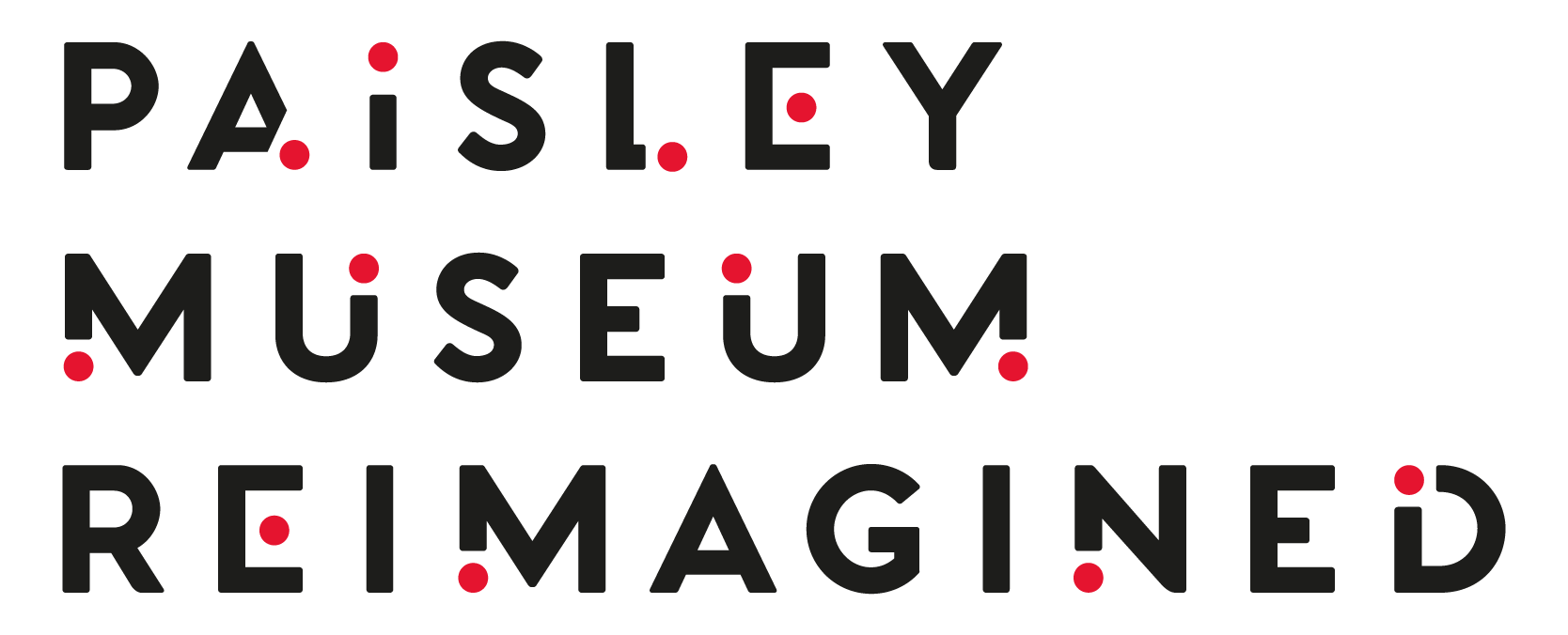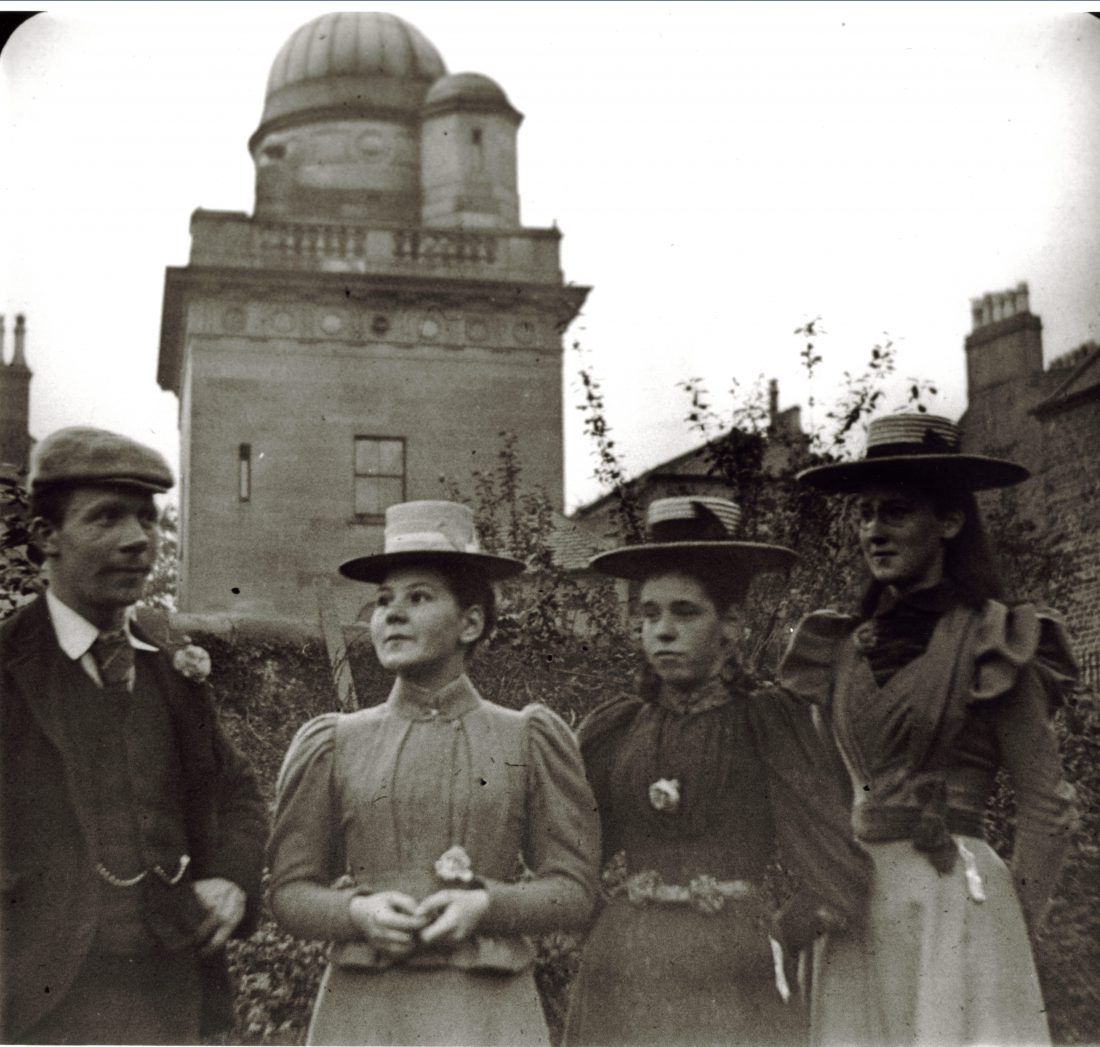Grown over time – how the museum has expanded….
The grand opening of 1871 was just the start of Paisley Museum’s story. Your museum has expanded no less than six times to accommodate the remarkable collection as it continued to grow. Scotland’s first ever observatory was also built on site.
1871: Paisley Museum opens
The museum opened in 1871. Finally, the Paisley Philosophical Institution’s (PPI) remarkable collection was on show to the public and some 20,000 books were made available to the town. The people of Paisley took great delight in their new museum, which originally comprised of two exhibition galleries, a library room and a lecture hall. However, the town’s thirst for knowledge soon took the museum to even greater heights.
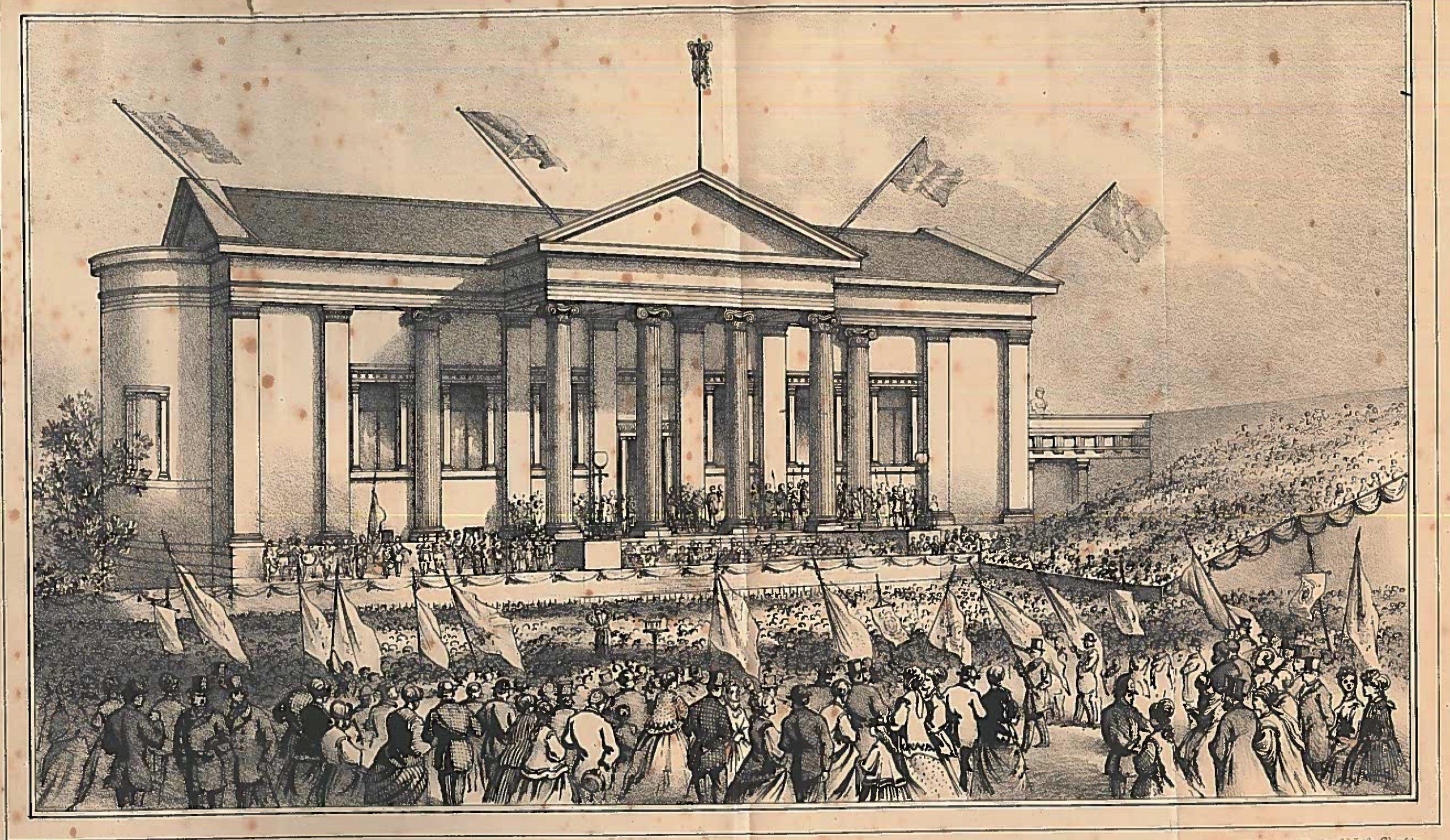
1876: Paisley Art Institute is founded
In December 1876, shortly after the museum opened its doors, the Paisley Art Institute (PAI) was founded to promote a love for art and to support rising artistic talent within the town. The PAI held monthly exhibitions to showcase the artwork they collected. Their first exhibition, held on 22nd February 1877 at the Government School for Art and Design, displayed 137 paintings with examples from local famed artist James Elder Christie.
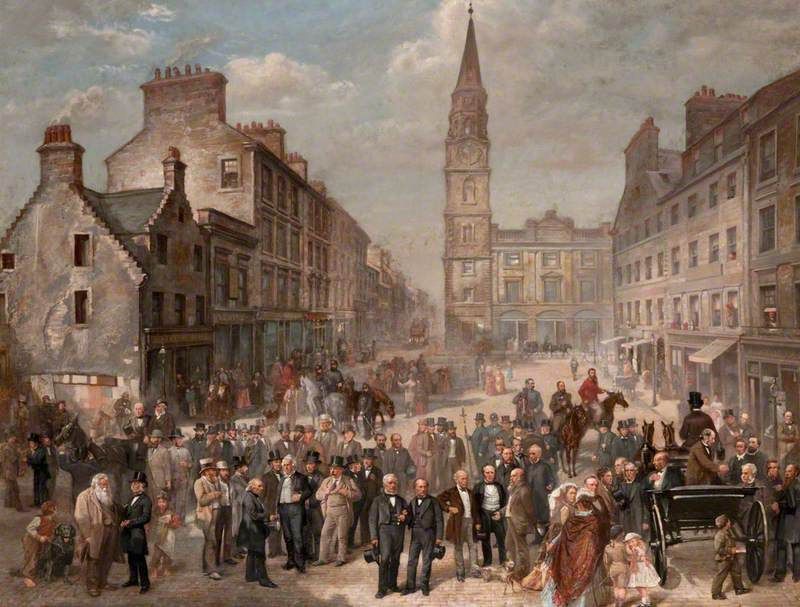
Just like the PPI, the PAI’s collections could not be contained. By their third exhibition they had almost doubled the amount of artwork on display. Even at this early stage revellers noted the lack of good exhibition space. Stewart Clark, a local thread manufacturer and politician, complained that none of the galleries were “large enough to show the pictures as they should be seen.”
1880: Paisley Museum is expanded
By 1880, it was decided that the museum would be expanded to accommodate the PAI’s growing collection of art. Sir Peter Coats funded the project and architect, John Honeyman once again drew up the plans. A magnificent rotunda was added leading to the wonderful new pillar gallery, sculpture court and reading room.
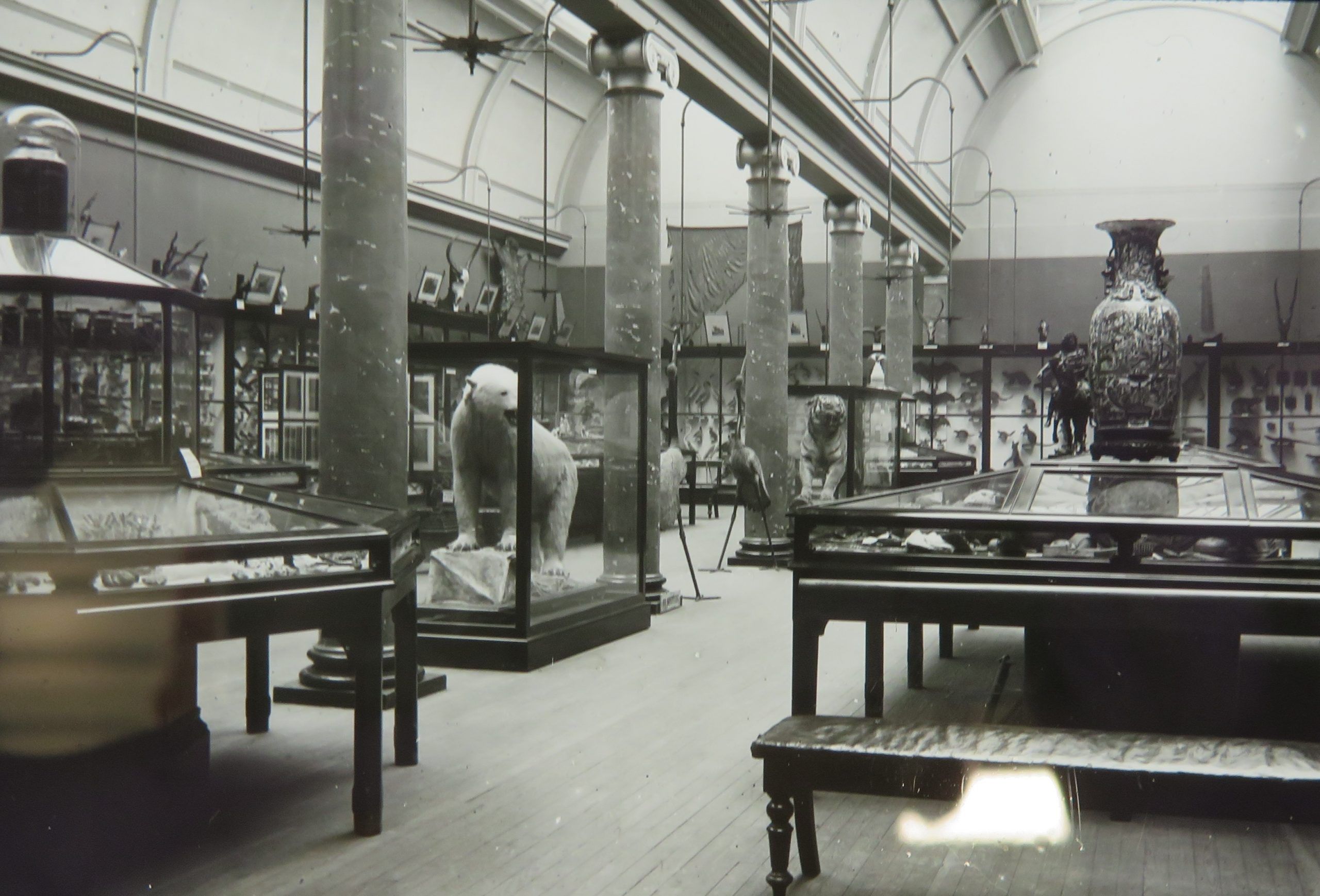
1883: Coats Observatory opens
in 1880 the PPI agreed to purchase a telescope, to encourage the study of astronomy in the town. Thomas Coats, Sir Peter’s brother agreed to fund the purchase of a Cooke and York telescope and a building to house it in. Designed by John Honeyman, The Coats Observatory was opened to the public in 1883.
To accompany the observatory, a small single-story building called Transit House was built to house an astronomical clock and a photographic dark room. Sir Peter Coats owned several houses on neighbouring Oakshaw Street and in 1872 he gifted them to accommodate the museum staff. In 1892, number 51 Oakshaw Street became home to The Coats Observatory’s resident astronomer.

1902: The library is expanded
In 1902, to accommodate Paisley’s ever-growing collection of books, Sir James Coats, the son of Sir Peter Coats agreed to fund a library extension. Architectural firm Honeyman & Keppie were again appointed to expand the building. This time the young Charles Rennie Mackintosh, assisted in the designs. His unmistakable style is notable in the timber bookcases, which still survive today.
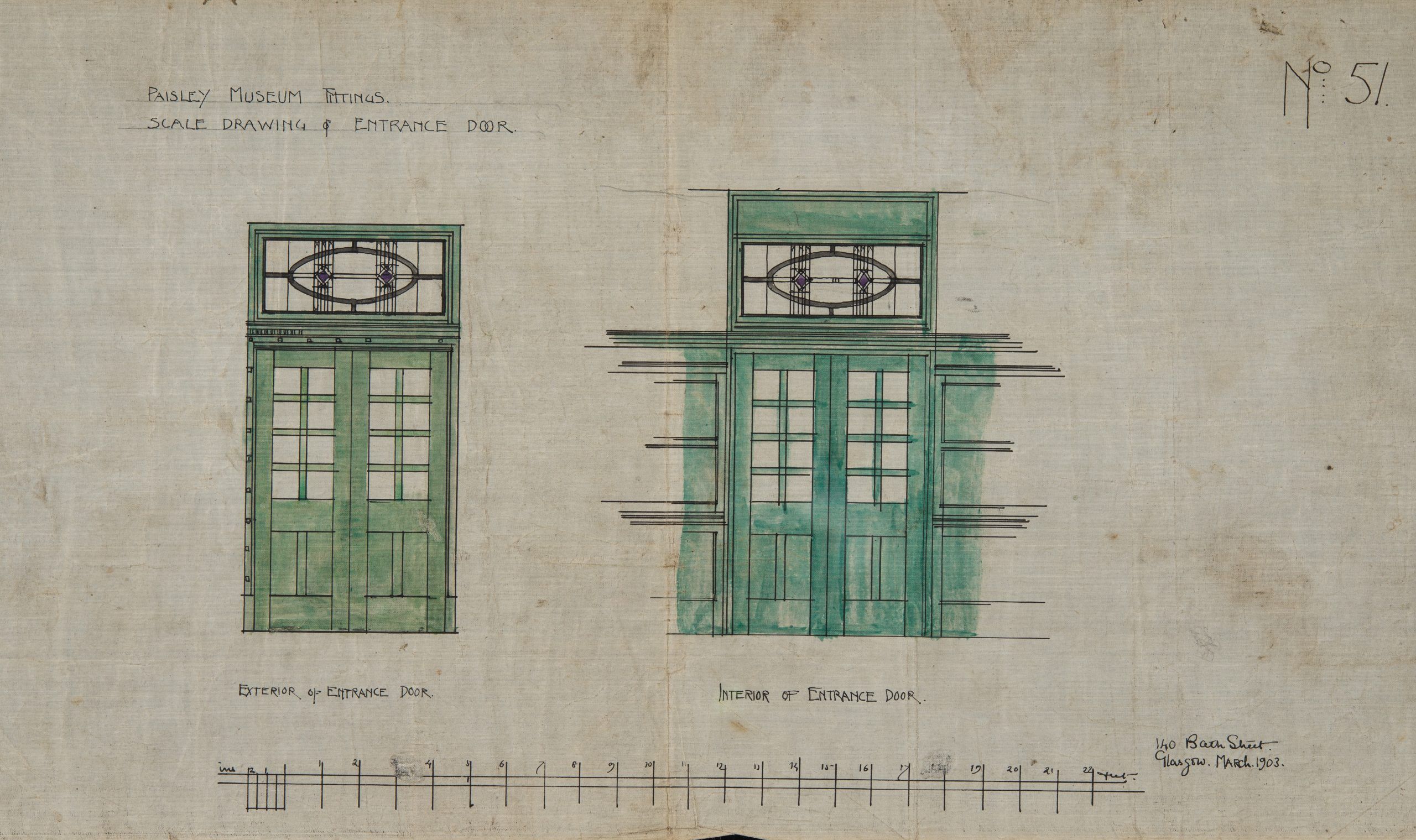
1915 – 1933: Gallery and library extensions
The worldly curiosity and pioneering spirit of Paisley was the driving force behind the museum’s continued expansion. Indeed, Paisley Museum even continued to grow during times of great adversity. In 1915 during the First World War, a further extension was opened. This created additional gallery space, and in 1933 during the Great Depression, the library was expanded again. This continued growth is a testimony to the town’s resilience and commitment to learning.
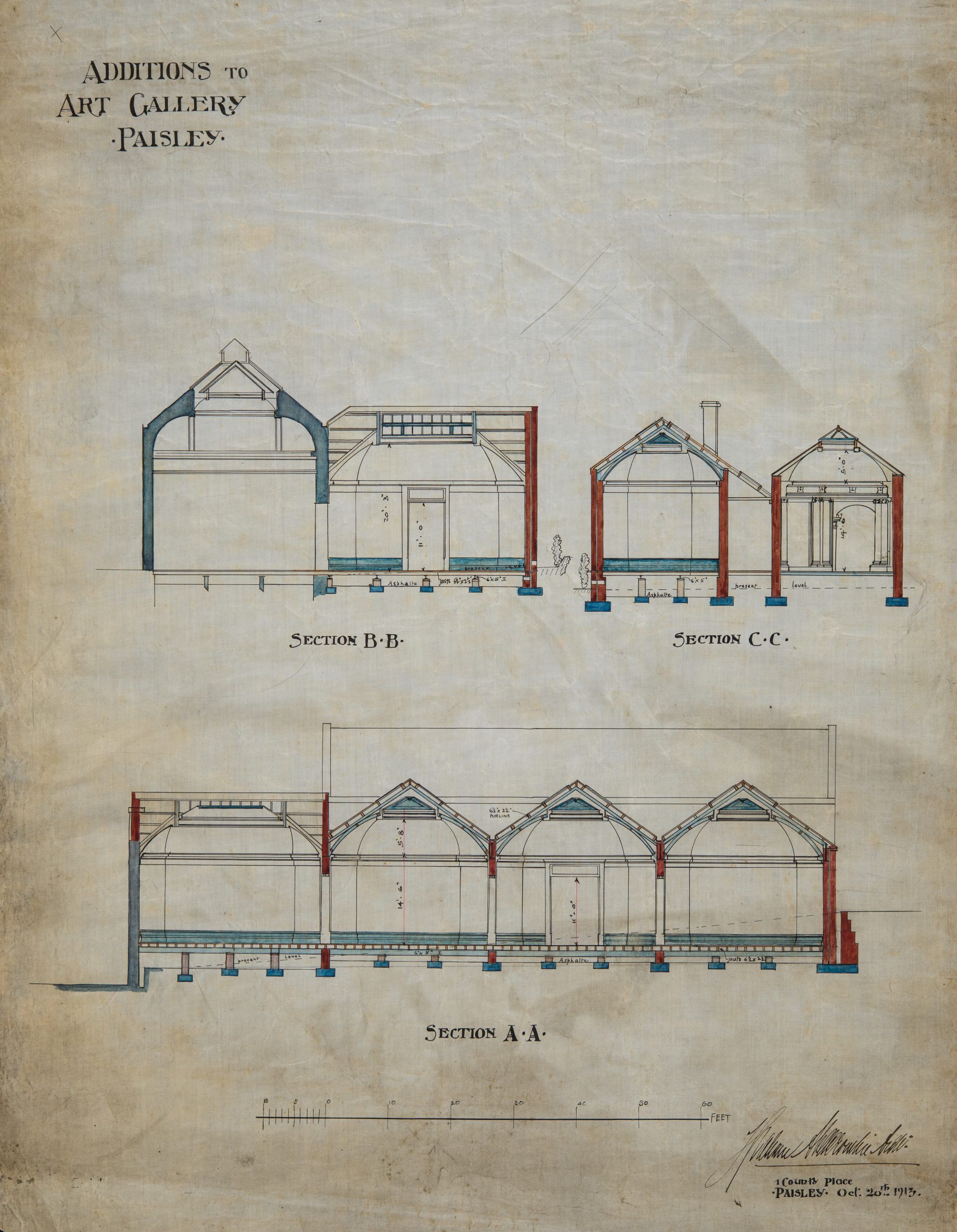
1954 – 1970: The natural history store and shawl gallery
Finally, two modern additions were added to the museum. A natural history store in 1954 and a shawl gallery in 1970, housing Paisley’s world leading textile collection. These additions completed the museum campus, which comprises the central museum building, Transit House, the Coats Observatory and 51-55 Oakshaw Street. This final plan on the museum, made in 1970 shows just how much your museum has expanded over time. The original building comprising only of the small rectangle at the front of this plan.
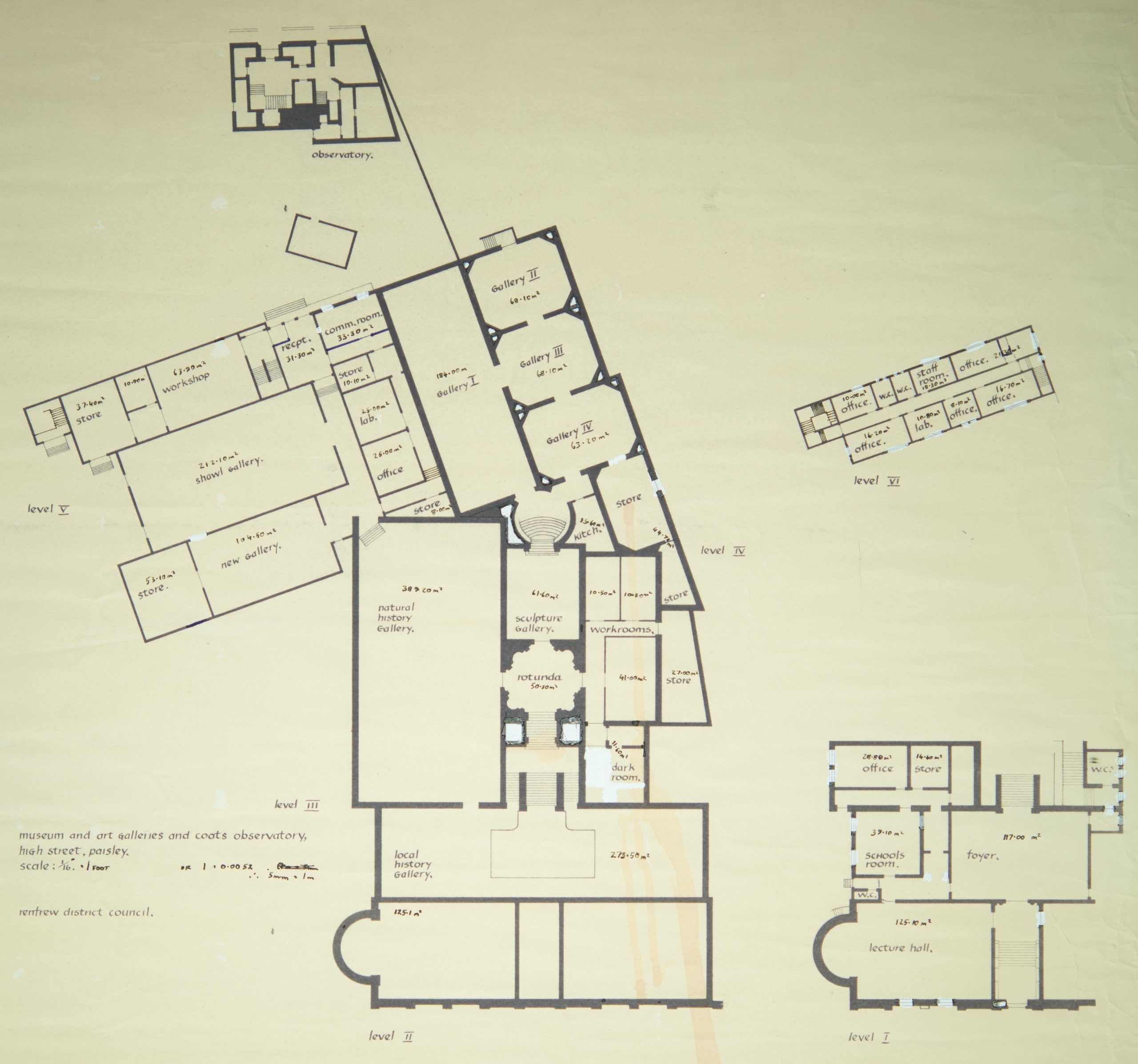
Latest News & Stories
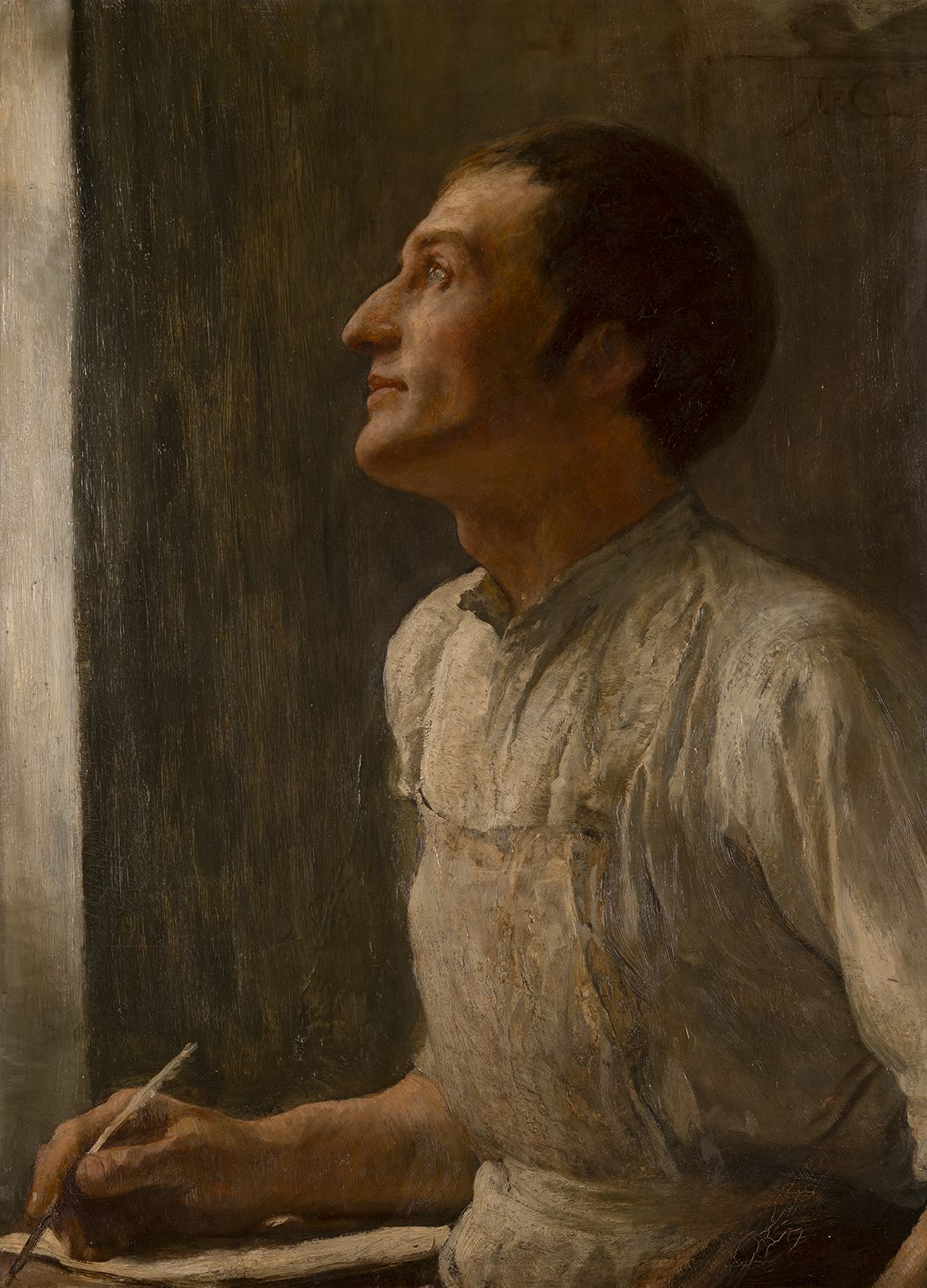
News
12 / 06 / 24Life and death of Scotland’s ‘forgotten bard’ Robert Tannahill re-examined on 250th anniversary of his birth
Paisley’s ‘weaver poet’ lost his life in tragic circumstances, but his legacy still resonates to this day. This month marks the 250th anniversary of his birth on 3rd June 1774, and the team behind the £45 million refurbishment of Paisley Museum has announced plans to showcase Tannahill’s incredible contribution to Scottish culture and re-visit the circumstances around his death.
Read More
News
25 / 05 / 24Social History Collection Conservation
Funding from The Pilgrim Trust has meant that we have been able to collaborate with the People’s History Museum to fully conserve artefacts from the Social History Collection.
Read More
News
14 / 05 / 24Scotland’s biggest cultural heritage project welcomes corporate partners on board
Paisley Museum welcomes the University of the West of Scotland, The Malcolm Group and Scottish Leather Group as corporate partners
Read More